Master Thinker on Enterprise X Design: Elaine Ann
Founder & Director of Kaizor Innovation
Master Lecturer at HKDI inspire*
Elaine Ann is the Founder and Director of Kaizor Innovation, a strategic innovation consultancy that helps companies strategise, research and define innovative products and services for the China market. Born and raised in Hong Kong and having lived in the US for 12 years, her bilingual, bi-cultural and international background helps companies understand and strategise initiatives for the China market.
She is a veteran of the early dot-com era in the mid ’90s, having worked for companies including Razorfish, Philips Design and Henry Dreyfuss. Ms. Ann also trains executives and students alike, being the UX Instructor at Google’s Empowering Young Entrepreneurs Programme of the Chinese University in Hong Kong. In 2014 alone, she trained some 400 entrepreneurs in user experience and design innovation.
Ann is currently the Honorary Project Director for the Centre of Entrepreneurship of the Chinese University and belongs to the Cyberport Expert Network mentoring tech start-ups in user/customer-centric innovation and user experience.
You have a great deal of experience as a strategic innovator and are doubtless familiar in a very practical sense with the theories behind Design Thinking. Do you agree with the principles of this way of organising enterprises that on the face of it have nothing to do with design per se?
Design is understood differently as both a noun and a verb. In Hong Kong, most people understand “Design” as a noun, as in Fashion Design, Eyewear Design, Watch Design, Graphic Design, Web Design, etc. Design refers to the object that is being designed.
Design Thinking uses “Design” as a verb, the action and process of a way of working that is user/human-centred and includes empathising with users, working inter-disciplinarily and collaboratively, and a way of working that involves experimentation and rapidly testing ideas.
Some designers are designated “Star Designers”, which is what most people in Hong Kong think of when they refer to designers, and their main interest is in their style or their signature way of designing. There is nothing wrong with this type of design, however it has nothing to do with Design Thinking. In fact, I personally think that the phrase “Design Thinking” in Asia creates a lot of problems as we’re using the same word “Design” to refer to very different things.
Rather than calling what we do Design Thinking, we should call it what it really is and the outcome or benefits that accrue. To avoid confusion, we should refer to what we do as User/Customer-Centric Innovation or Xperience Innovation. What we do is innovation and is not design as in styling. Aesthetics is probably only the last 10% of what we’re concerned about. We’re mostly preoccupied with whether the design solution is soothing the right pain points; are we asking the right strategic questions and directing the enterprise in the right direction? Is the client’s corporate culture becoming more innovative as a result? This has nothing to do with a designer’s personal style.
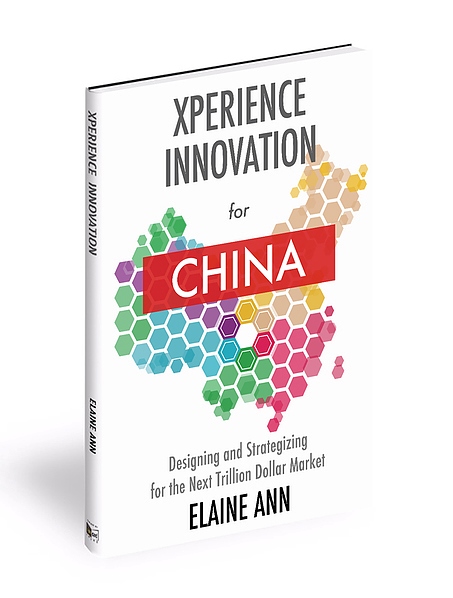
|
Is the generation of design ideas essentially a matter of collaboration or one of confrontation? Can mutually beneficial concepts flow from amicable conflict? Design Thinking — or let me call it Xperience Innovation or User/Customer-Centric Innovation — is a work process that involves multiple parties in an organisation, e.g. marketing/business, engineers/programmers, designers, etc. It is an inter-disciplinary activity much more than one that simply involves two people. A good user experience is the end result and the collaborative effort of negotiation between all these different departments creating useful, usable, desirable products/services. Hence Design Thinking is really Change Management to enable innovative organisational cultures and not just “design” as in aesthetics. In Asia, my personal experience is that Design Thinking does not work if it only involves middle management or the lower levels of the organisation since Asia’s culture is hierarchical. Design Thinking came from a very flat organisational culture in the US, where you could sit next to Steve Jobs even as a junior staffer and put out challenging ideas and be respected for your contribution based on meritocracy. In Asia, the challenges of becoming an innovative culture are: 1) cultural hierarchy, and 2) departmental silos. Asian CEOs or decision-makers need to understand that Design Thinking can only work when they allow for failure and have incentive systems in place to encourage collaboration between departments and allow for bottom-up ideas. Then Design Thinking can work well, with support from the top — whether financial or operational. |
Others
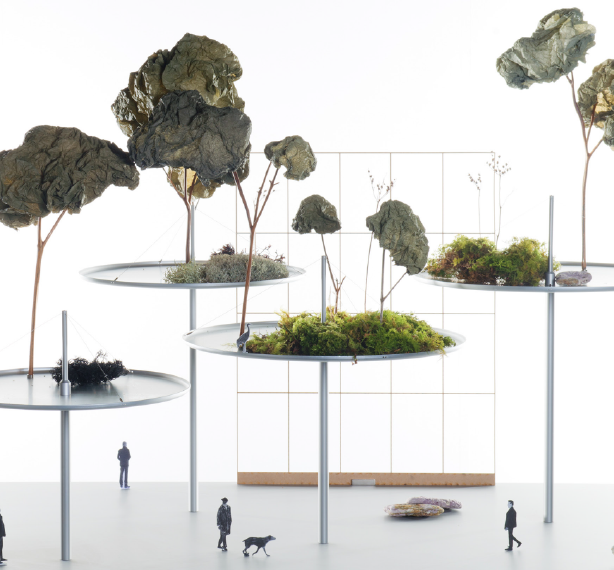
最新动态 | 1 December 2018
Radical New Slant on Cityscapes from French Design Duo Bouroullec Brothers - Urban Daydreaming

最新动态 | 1 December 2018
Crouching designer, hidden cultural identity Tim Yip: Blue — Art, Costumes and Memory

最新动态 | 1 December 2018
How Design Thinking Made Tim a Champion

最新动态 | 1 December 2018
Artist Interview - Chic & Artistic
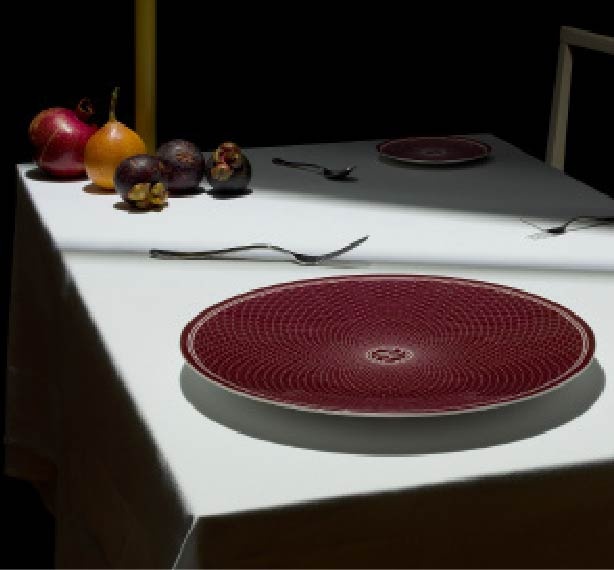
最新动态 | 1 December 2018
Artist Interview - Lochner | Carmichael

最新动态 | 1 December 2018
Artist Interview - Sandrine Dulermo & Michael Labica
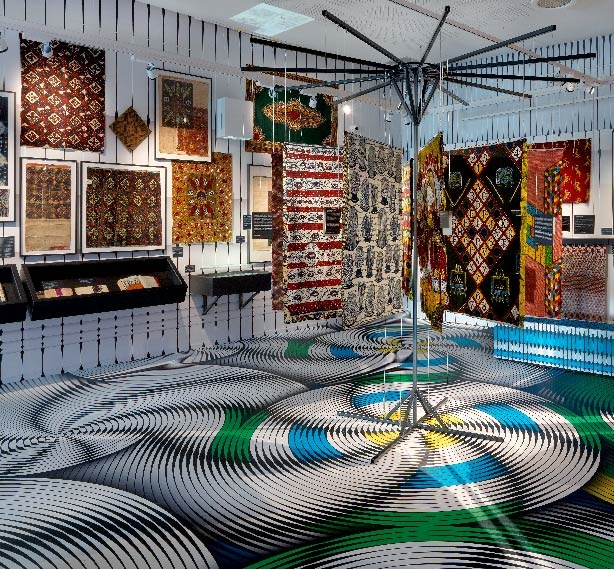
最新动态 | 1 December 2018
Artist Interview - Studio Harm Rensink
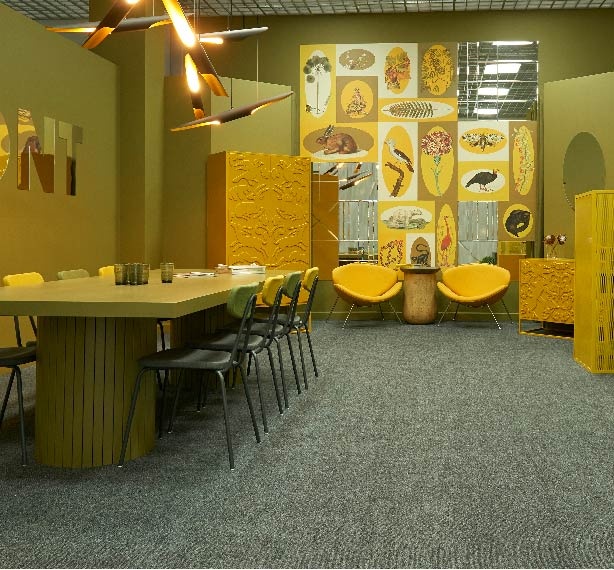
最新动态 | 1 December 2018
Artist Interview - Tsaruk & Ahmadova

最新动态 | 1 December 2018
Why Enterprise Architecture Needs Design Thinking

最新动态 | 1 December 2018
Master Thinker on Health X Design: Professor Ian Gwilt
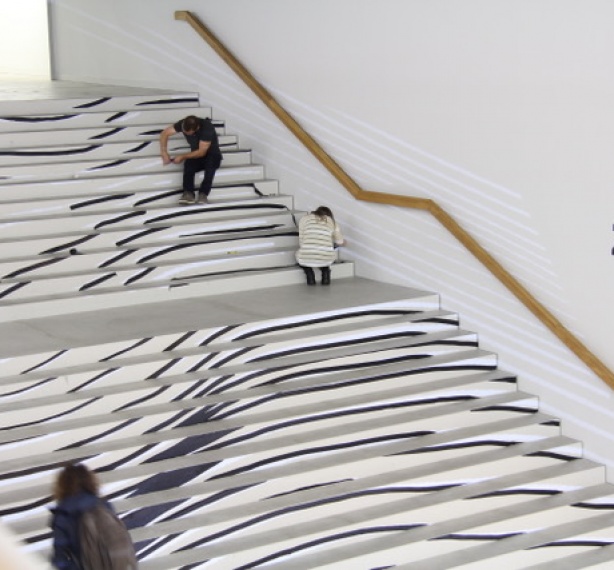
最新动态 | 1 December 2018
Master Thinker on Food X Design - Professor Michael Krohn

最新动态 | 1 December 2018
Design Thinking is About Finding Out What Works in the Real World
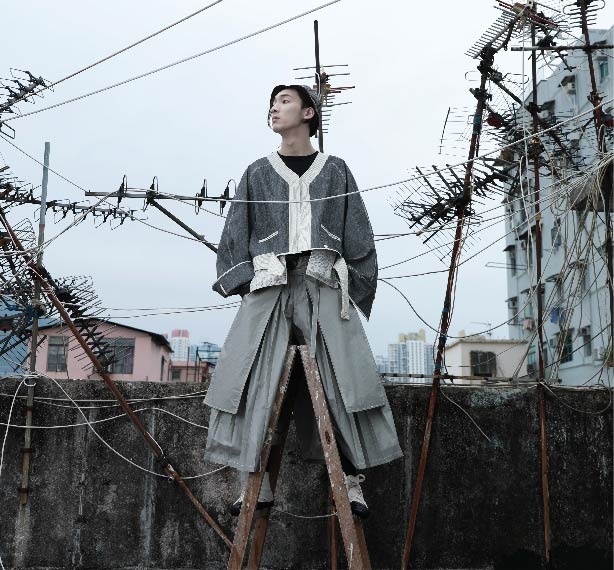
最新动态 | 1 December 2018
HKDI Alumni: The Spirit of Esprit

最新动态 | 1 December 2018
Margaret Morton—Fragile Dwelling: Homeless Communities of New York City
